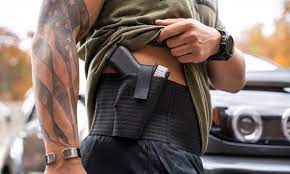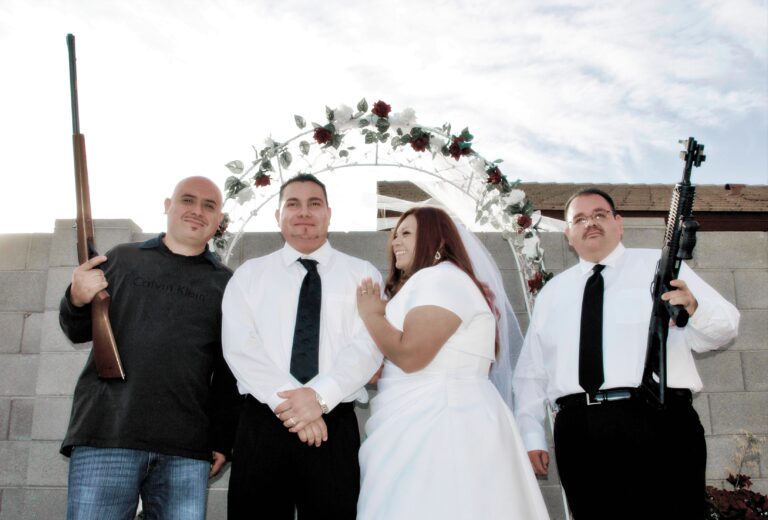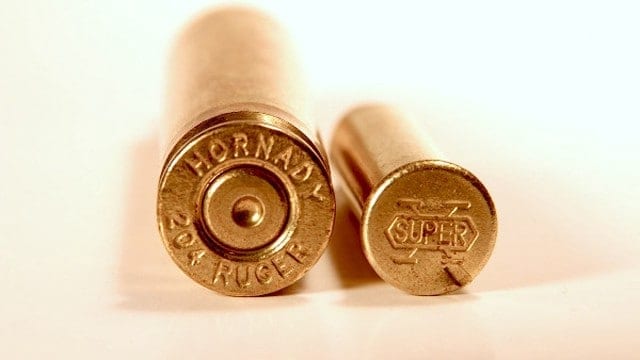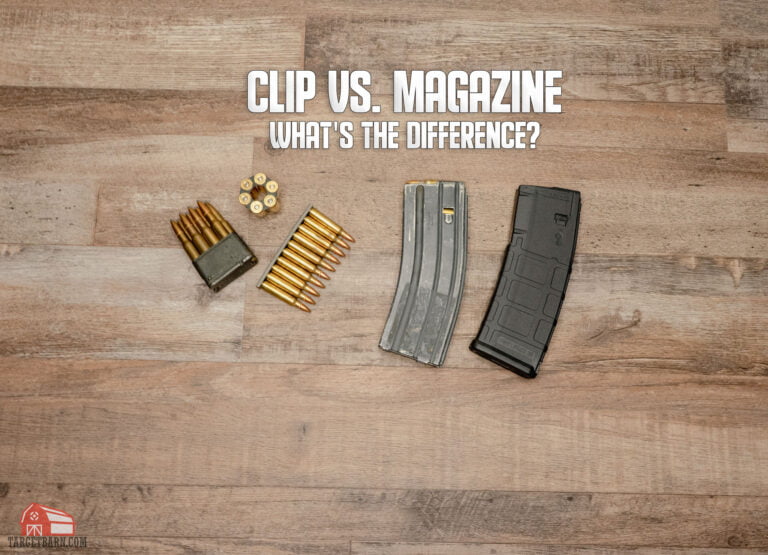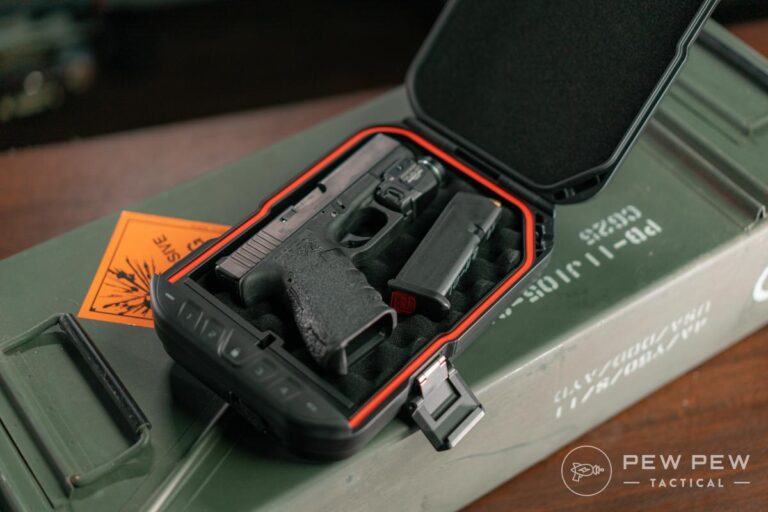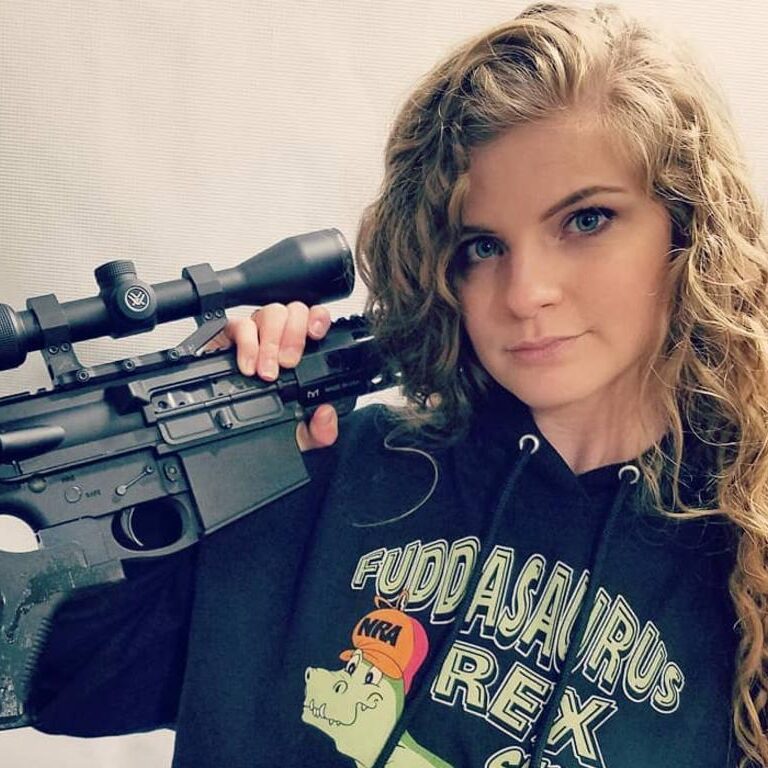How to Concealed Carry While Running or Being Active
Introduction Concealed carry is an increasingly popular way for individuals to protect themselves and their loved ones. However, carrying a concealed firearm while running or engaging in other physical activities presents some unique challenges. In this article, we’ll explore how to effectively and comfortably carry a concealed firearm while being active, so you can stay safe and prepared no matter where your adventures take you.
Choosing the Right Holster One of the most important considerations when it comes to active concealed carry is selecting the right holster. A good holster for this purpose should be comfortable, secure, concealable, and durable enough to withstand the rigors of physical activity. Here are some key features to look for:
- Comfort: Look for a holster made from soft, breathable materials that won’t chafe or irritate your skin as you move. Good padding and ventilation are also important to prevent excess sweating.
- Retention: Your holster should hold your firearm securely in place, even during vigorous activity. Look for holsters with adjustable retention screws or built-in retention devices like thumb breaks.
- Concealment: A bulky or poorly-designed holster can print badly under activewear, defeating the purpose of concealed carry. Opt for holsters with a slim, low-profile design.
- Durability: Active carry holsters need to be made from sturdy materials that won’t wear out quickly from constant friction and movement. Reinforced stitching and hardy construction are a must.
There are several types of holsters that can work well for active concealed carry, depending on your specific needs and preferences:
- IWB (inside the waistband) holsters are a popular choice for their comfort and concealment. Look for models with sturdy clips or loops that will keep the holster securely attached to your waistband.
- Belly band holsters wrap around your midsection and offer excellent stability and concealment. They work well with a variety of clothing choices.
- Shoulder holsters can be a good option if you’ll be wearing an outer layer like a jacket or sweatshirt. They keep the gun high and tight against your body.
- Ankle holsters work best with compact firearms and can be very concealing, but may not be the most comfortable for extended wear.
- Fanny pack or runner’s belt holsters are designed to look like standard athletic accessories, making them a discreet option. However, they can bounce around more than other holster types.
Selecting the Right Firearm Another key factor in successfully carrying concealed while running or being active is choosing the right firearm. Here are some things to keep in mind:
Size and Weight:
A smaller, lighter gun will generally be more comfortable to carry for extended periods and will be easier to conceal under light activewear. However, ultra-compact firearms can be more difficult to shoot accurately. Finding the right balance is key.
Caliber and Capacity:
Larger calibers and higher capacities typically mean a bigger, heavier gun. Consider your likely self-defense needs and err on the side of a firearm you can comfortably carry and shoot well. No caliber is a magic bullet.
Reliability and Ease of Use:
When your safety is on the line, you need a firearm that will go “bang” every time. Look for a reputable manufacturer and a model with a proven track record. Controls should be simple and intuitive, even under stress.
Clothing Choices for Active Concealed Carry The clothing you wear while carrying concealed can make a big difference in both your comfort and your ability to effectively conceal your firearm. Here are some tips:
Loose-Fitting Garments:
Clothing that hangs loosely from the body will conceal the shape of a firearm much better than clingy, form-fitting fabrics. Look for activewear made from lightweight, breathable materials with a relaxed fit.
Clothing with Built-In Concealment Features:
Some activewear brands offer garments with built-in concealment pockets or compartments designed specifically for carrying a firearm. These can be a great option if traditional holsters aren’t working for you.
Specialized Activewear for Concealed Carry:
In recent years, a number of companies have begun producing activewear lines tailored for concealed carry users. These often feature reinforced waistbands, strategic pockets, and cuts optimized for concealment.
Training and Practice
As with any aspect of concealed carry, proper training and regular practice are essential for success. This is especially true when it comes to active concealed carry, as the increased physical demands can make drawing and manipulating your firearm more challenging.
Seek out qualified instruction from a reputable trainer who has experience with concealed carry and self-defense. They can teach you safe and effective techniques for drawing and shooting from concealment while on the move.
Dry fire practice at home with an unloaded firearm is a great way to build comfort and competency with your active carry setup. Practice drawing from your holster and presenting the gun using deliberate, efficient movements.
When you can get to the range, incorporate live fire drills that mimic real-world scenarios you might encounter while running or being active. Practice drawing and moving to cover, engaging targets from awkward positions, and shooting one-handed.
Perhaps most importantly, make situational awareness and conflict avoidance a cornerstone of your self-defense strategy. Be alert and cognizant of your surroundings at all times. Trust your instincts and remove yourself from any situation that feels unsafe. Remember, the best gunfight is the one you avoid entirely.
Other Considerations There are a few other things to keep in mind when carrying concealed while running or being active:
Always check your local laws and regulations regarding concealed carry, including any restrictions on where you can legally carry. Concealed carry while running in public spaces may be subject to different rules than carrying in other contexts.
Consider carrying a reload and other necessary accessories like a flashlight or pepper spray. The more prepared you are for a worst-case scenario, the better.
Be aware of issues like printing (where the outline of the gun is visible through clothing) and shifting (where the holster moves out of position). Choose holsters and clothing that mitigate these problems. A sturdy gun belt can help.
Conclusion
Carrying a concealed firearm while running or engaging in other physical activities is a serious responsibility, but one that can be managed safely and effectively with the right gear and mindset. By selecting a quality holster and firearm, wearing appropriate clothing, and committing to ongoing training and practice, you can take charge of your personal security wherever life leads you.
Remember, concealed carry is not about being a hero or seeking out trouble. It’s about having the tools and skills to protect yourself and your loved ones in the event of a worst-case scenario. Stay alert, use good judgment, and always put safety first. With the proper preparation and precautions, armed running and other active pursuits can be a rewarding part of a well-rounded personal defense strategy.
FAQs
Q: What is the best holster for running with a concealed firearm? A: The best holster for running will depend on your individual needs and preferences, but a belly band or runner’s belt holster is often a good choice for their stability and concealment. IWB holsters with sturdy clips can also work well.
Q: Can I use my regular holster for active concealed carry?
A: It depends on the holster. Many standard holsters are not designed for vigorous physical activity and may become uncomfortable or allow the firearm to shift. It’s best to use a holster purpose-built for active carry.
Q: What type of clothing works best for concealing a firearm while being active? A: In general, choose loose-fitting garments made from lightweight, breathable fabrics. Activewear with built-in concealment features or specialized concealed carry clothing can also be good options.
Q: How often should I practice drawing from my active carry holster? A: Ideally, you should practice your draw stroke with dry fire training every day, even if only for a few minutes. Live fire practice can be done less frequently but should still be a regular part of your training regimen.
Q: Are there any special legal considerations when carrying concealed while running or being active? A: Yes, some jurisdictions have specific laws or restrictions around concealed carry in public spaces like parks or running trails. Always check your local regulations and abide by any posted signage. When in doubt, consult with a qualified attorney.
